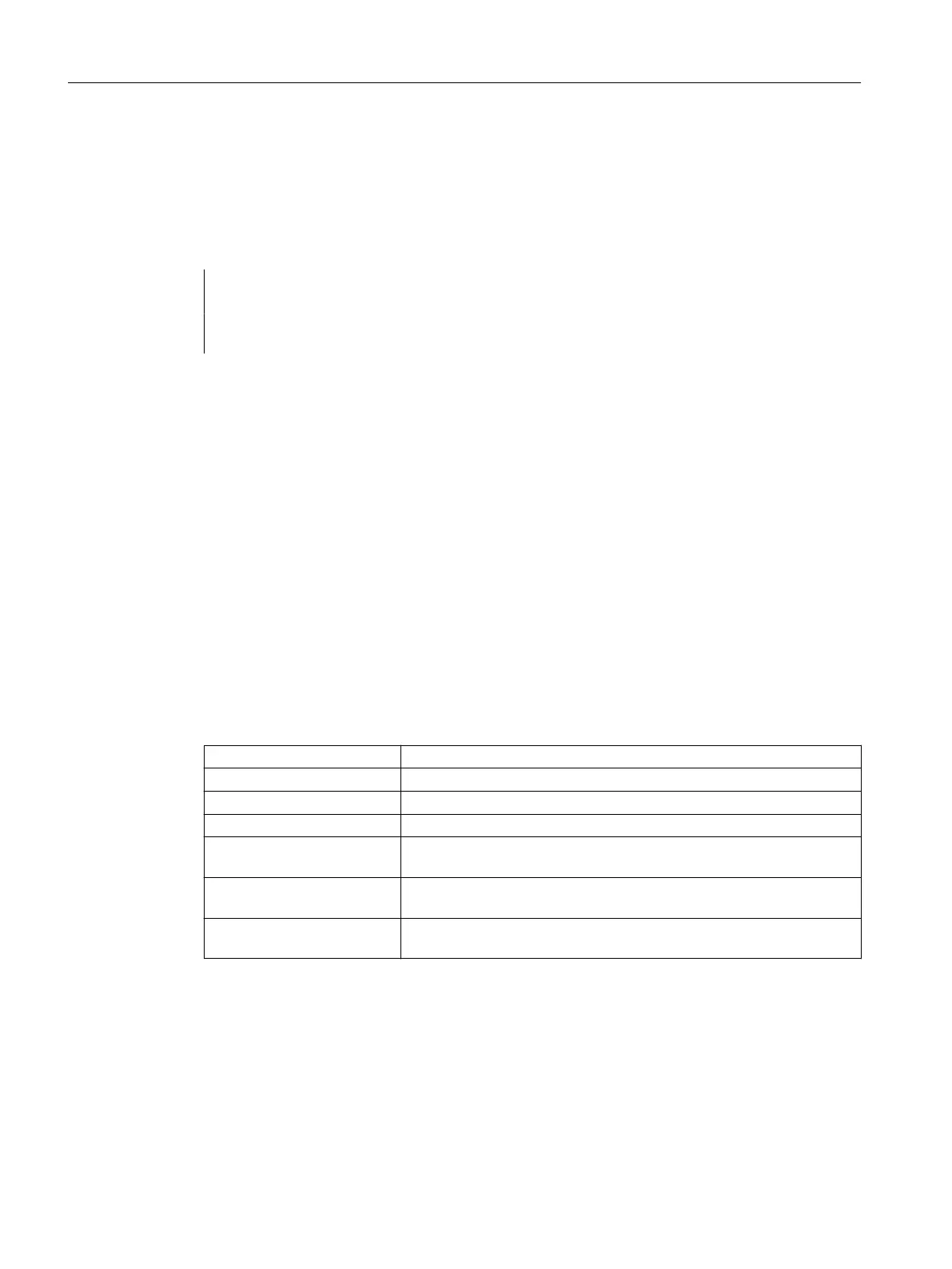As an alternative to direct programming, the additional offset for orientation axes can also be
transferred automatically from the work offset currently active. Transfer is configured in the
machine data.
Examples
TRAORI(1,0,0,1) ; The basic orientation of the tool is in the Z direction
TRAORI(1,0,1,0) ; The basic orientation of the tool is in the Z direction
TRAORI(1,0,1,1) ; The basic orientation of the tool is in the Y/Z direction
(corresponds to the position -45°)
3.9.2.3 Variants of orientation programming and initial setting (ORIRESET)
Orientation programming of tool orientation with TRAORI
In conjunction with a programmable TRAORI orientation transformation, in addition to the linear
axes X, Y, Z, the rotary axis identifiers A.., B..., C... can also be used to program axis positions
or virtual axes with angles or vector components. Various types of interpolation are possible for
orientation and machine axes. Regardless of which PO[angle] orientation polynomials and
PO[axis] axis polynomials are currently active, a number of different types of polynomial can be
programmed. These include G1, G2, G3, CIP or POLY.
Changes in tool orientation can even be programmed using orientation vectors in some cases.
In such cases, the ultimate orientation of each block can be set either by means of direct
programming of the vector or by programming the rotary axis positions.
Variants of orientation programming for three- to five-axis transformation
The following versions of orientation programming are mutually exclusive.
A, B, C
Direct entry of rotary axis positions.
A2, B2, C2
Angle programming of virtual axes via Euler angles or RPY angles
A3, B3, C3
Vector component designation
LEAD, TILT
Specification of lead and tilt angles with reference to path and surface
A4, B4, C4
A5, B5, C5
Surface normal vectors at the start of the block and at the end of the
block
A6, B6, C6
A7, B7, C7
Interpolation of the orientation vector on a taper surface transformation.
A8, B8, C8
Redirection of the tool, direction and path length of the retraction move‐
ment
Approach initial setting of the tool orientation (ORIRESET)
Through ORIRESET(...), the orientation axes of the relevant machine kinematics are
traversed linearly and synchronously from their current positions to the programmed initial state
positions. If a basic position is not programmed for an axis, the position from the associated
machine data $MC_TRAFO5_ROT_AX_OFFSET_1/2 is used.
Active frames of rotary axes are ignored.
Work preparation
3.9 Transformations
NC programming
666 Programming Manual, 12/2019, 6FC5398-2EP40-0BA0

